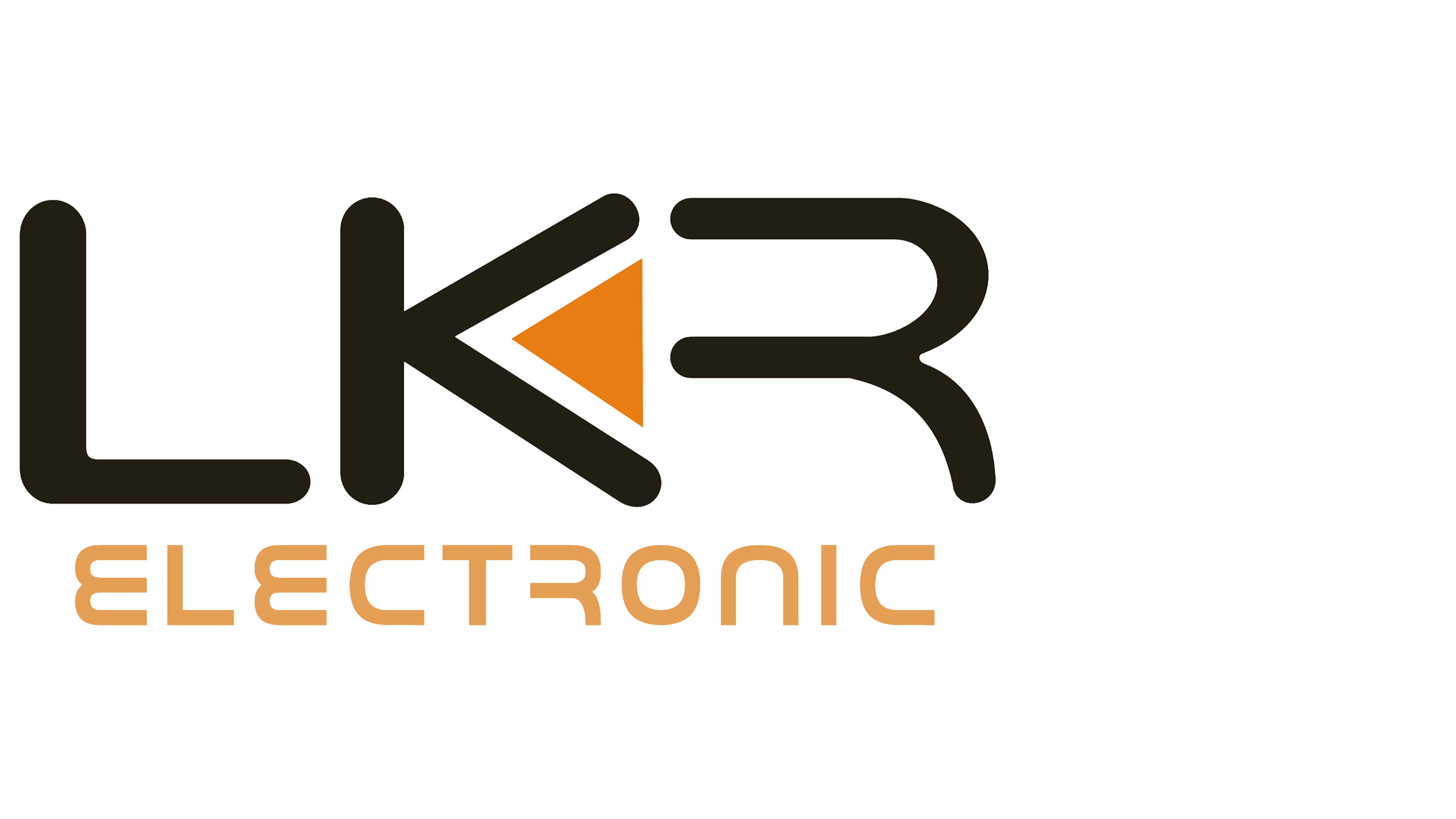Development and application of ceramic analog components
Ceramic analog components are a class of electronic components made of ceramic materials that typically have excellent thermal stability, high temperature resistance, insulation, and frequency stability. In electronic devices, these components are mainly used to achieve analog functions of circuits, such as signal conversion, filtering, oscillation, and so on.
As an important part of modern electronic technology, ceramic analog components play an irreplaceable role in many fields due to their unique physical and chemical properties. In this paper, ceramic analog components will be discussed from many perspectives.

Development history of ceramic analog components
The development of ceramic analog components began in the early 20th century, with the rise of radio technology, the demand for stable and reliable frequency control components increased, prompting the application of ceramic materials in the field of electronics. With the progress of technology, the performance of ceramic materials has been greatly improved, and the application field has also expanded from a single frequency control to a wider range of analog circuit applications. It spans multiple eras of technological innovation, and the following are several key stages in the development of the field:
Early explorations (early 1900s to 1950s)
The origins of ceramic analog components date back to the early 20th century, when scientists and engineers began exploring the use of ceramic materials in electronic devices. During this period, ceramics were mainly used to make capacitors and insulators. With the development of radio technology, the demand for stable and reliable electronic components grew, promoting the initial development of ceramic technology.
Technology maturity and wide application (1960s to 1980s)
In the 1960s, with the rise of solid-state electronics and the popularity of consumer electronics such as television and radio, ceramic components began to be widely used in more complex circuits such as resonators and filters. During this period, the progress of materials science has greatly improved the electrical properties of ceramic materials, such as the discovery and application of materials such as lead titanate (PbTiO3) and zirconium titanate (ZrTiO4), which greatly promoted the functionality and reliability of ceramic analog components.
Technological innovation and diversified application (since 1990s)
Since the 1990s, with the rapid development of global information technology, ceramic analog components have been more widely used in high-tech fields such as communication equipment, computer hardware, and medical equipment. Especially in mobile communications and high-frequency electronic products, ceramic components have become indispensable components with their excellent frequency control and signal processing capabilities.
In addition, environmental concerns and cost efficiency considerations are driving further innovation in ceramic analog components. For example, the research and development of environmentally friendly ceramic materials, as well as attempts to improve the properties of ceramic materials through nanotechnology, mark the technical prospects and development potential in this field.
The history of the development of ceramic analog components not only shows the progress in the field of materials science and electronic engineering, but also reflects the changes in the global electronics market demand and technology-driven industrial innovation.
The main functions and advantages of ceramic analog components
Due to their unique material properties, ceramic analog components exhibit significant functional advantages in many aspects, which make them play a key role in modern electronic devices. Key advantages include:
1.High frequency stability
Ceramic materials can control and stabilize frequencies very effectively. In applications such as oscillators and filters, ceramic components are able to provide highly accurate frequency responses, which is particularly important for communication devices and precision instruments.
2. Excellent thermal stability
Ceramics have excellent thermal stability and are able to maintain their electrical properties over a wide temperature range. This is critical for aerospace, automotive electronics, and any device that operates in extreme environments.
3. Good electrical insulation
As electrical insulators, ceramics can withstand high voltages without conducting electricity, which ensures the safe operation of electronic devices in high-voltage environments. This feature makes ceramic analog components suitable for power systems and high voltage applications.
4. Miniaturization ability
Ceramic materials can be manufactured to very small sizes without sacrificing their performance. This makes ceramic analog components particularly suitable for modern electronic devices that require miniaturized solutions, such as smartphones and other portable electronics.
5. Superior mechanical strength and durability
Ceramic materials have high strength and corrosion resistance, which makes ceramic analog components resistant to physical stresses and harsh environments, thus extending the service life of the equipment.
6. Cost-effectiveness
Compared to other high-performance materials, such as quartz or certain metals, ceramics are often more economical, especially when produced on a large scale. This makes ceramic analog components the material of choice for many consumer electronics products.
7. Environmental friendliness
Modern ceramic production technology is increasingly environmentally friendly, and many ceramic materials and processes are reducing their impact on the environment. In addition, ceramics usually do not contain harmful substances, in line with the environmental protection requirements of electronic products.
These advantages make ceramic analog components of unparalleled value in a variety of applications, especially in technology areas that require high performance and reliability. With the development of science and technology, these functional advantages of ceramic analog components will continue to be expanded and strengthened to meet the needs of future electronic technology.
Ceramic analog components relative to traditional material components
In the market, such as Murata, TDK and other well-known brands of ceramic resonators, ceramic filters, etc., are widely used in communication equipment, automotive electronics and consumer electronics and other fields of typical ceramic analog components.
Of course, if you want to get the ceramic analog components faster, you can also check the ceramic resonators produced by Murata and TDK through our lkrelec, and get the relevant technical documents and more information about the ceramic analog components.
Ceramic analog components have higher frequency stability and better environmental adaptability than traditional material components. This allows them to maintain good performance even in extreme environments, meeting the high stability and reliability requirements of modern electronic devices.
Compared to traditional materials such as quartz or metal, ceramic materials offer a higher cost performance and a wider application temperature range. This gives ceramic analog components a distinct advantage in terms of cost control and adaptation to extreme environments.
Extensive use of ceramic analog components
Ceramic analog components play an important role in many high-tech fields due to their unique electrical and physical properties. Here are some of the main application areas:
Communication system
Automotive electronics
Consumer electronics
Aerospace
Medical equipment
Industry and energy
Military and defense
In these areas, ceramic components can provide accurate frequency control and signal processing, and are one of the indispensable components.
Crystal resonators/ceramic resonators using ceramic simulation and traditional how different
Crystal resonators typically use quartz crystals for extremely high frequency accuracy and stability, making them suitable for demanding clock applications. Ceramic resonators are more suitable for cost-sensitive applications with lower frequency accuracy requirements due to lower material and manufacturing costs.
Conclusion
The history of the development of ceramic analog components not only shows the progress in the field of materials science and electronic engineering, but also reflects the changes in the global electronics market demand and technology-driven industrial innovation.
Ceramic analog components occupy an irreplaceable position in modern electronic technology because of their unique performance advantages. They not only improve the overall performance and reliability of the device, but also broaden the application range of electronic products.
In the future, with the continuous emergence of new materials and new technologies, ceramic analog components will further develop towards higher performance, lower cost and a wider range of applications. Especially driven by smart devices and Internet of Things technology, the innovation of ceramic analog components will pay more attention to the integration of intelligent and network connectivity functions.











